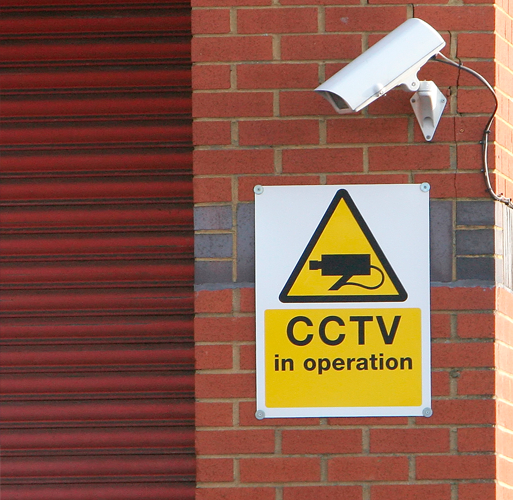Did you know that in September 1968, Olean, New York was the first city in the United States to install CCTV cameras along its main business street in an effort to fight crime?
No? I’m sure not many people do. (Interestingly, even though NYPD installed the cameras to deter crime, crime rates did not appear to drop!).
This is the last of my August blogs about the history of all things fire and security – this week it’s the turn of CCTV (closed circuit television).
The first reference I can find to its history is via Wikipedia. A man called Walter Bruch was responsible for the technological design and installation of a system installed at the Test Stand VII in Peenemunde, Germany in 1942.
Walter Bruch was German electrical engineer and pioneer of German television. He invented the PAL colour television system at Telefunken in the early 1960s.
As there was no way to record and store images at the time, the earliest systems were simply cameras and screens to enable constant monitoring. Recording facilities came later with the development of reel to reel media, using magnetic tapes. Needless to say, video surveillance was not widespread at the time!
When VCR came along in the 1970’s it was easier to record images, so CCTV became more popular, increasing steadily through the 1980’s when it was seen as a cheaper way to deter crime than increasing the cost of police departments.
During the 1990s, digital multiplexing was developed, allowing several cameras to record at once, as well as time lapse and motion-only recording. This increased savings of time and money which then led to an increase in the use of CCTV. Police departments began installing an increasing number of cameras in public places, and later in banks and stores. By 1998, 3000 CCTV systems were in use in New York City.
CCTV Technology
In more recent years, the CCTV market has changed significantly with the onset of IP (Internet Protocol) technology.
Nowadays, you can install cameras in one place and have the images (and quality ones at that) transmitted across the internet so that they can be viewed from anywhere in the world. Not only that, they can be linked to other systems (such as access control) to provide a more rounded security solution.
IP technology also enables a CCTV system to be installed easier as each camera does not needs its own power source, using power from the network cable only. Changes to an existing system can be made quickly and with little disruption.
Need more info?
If you would like more information about IP CCTV systems, please get in touch via our contact form.

